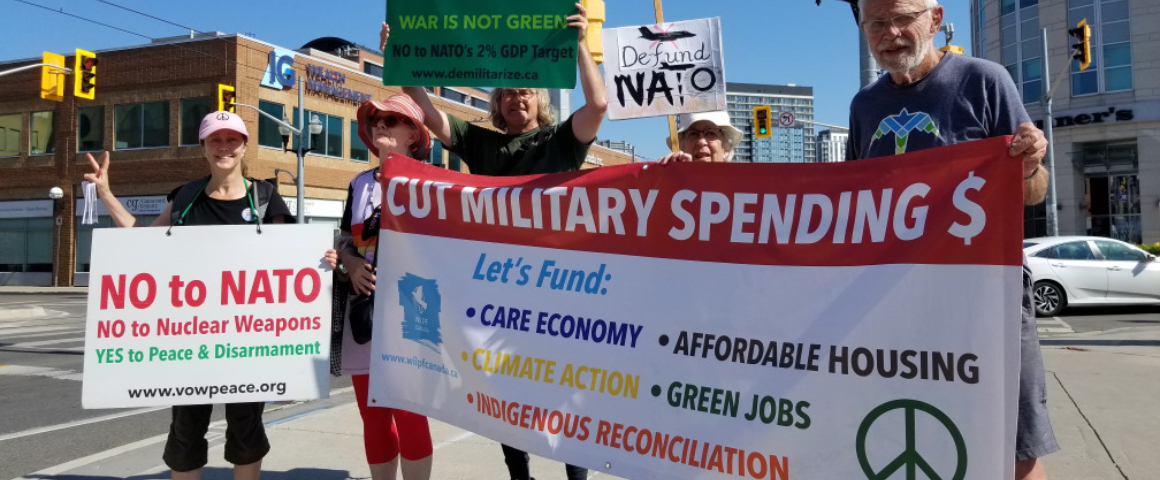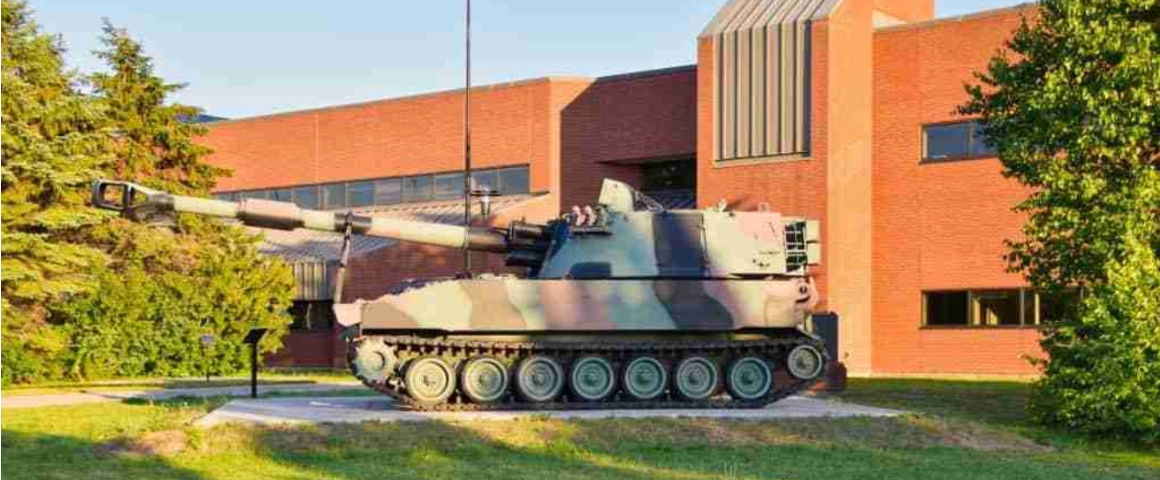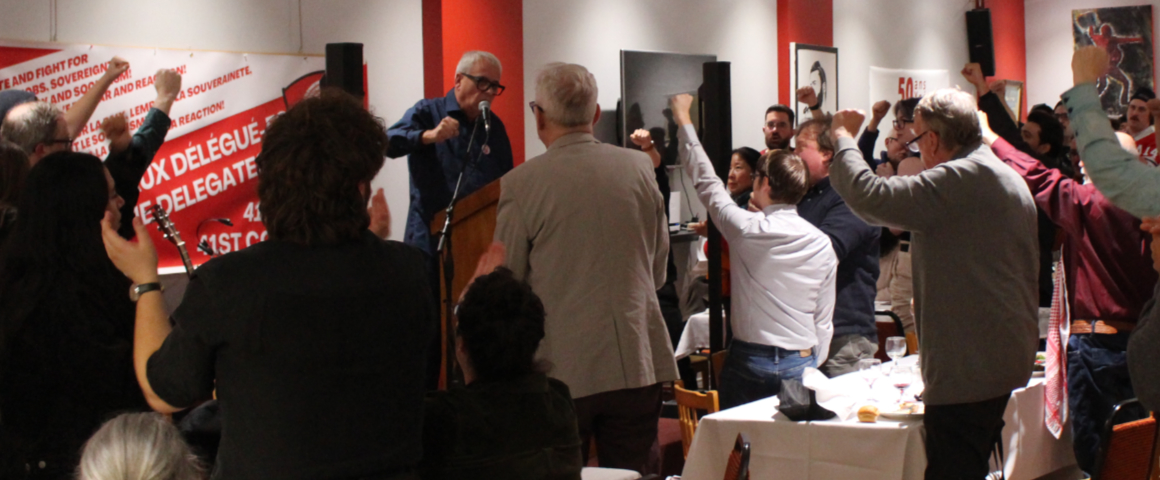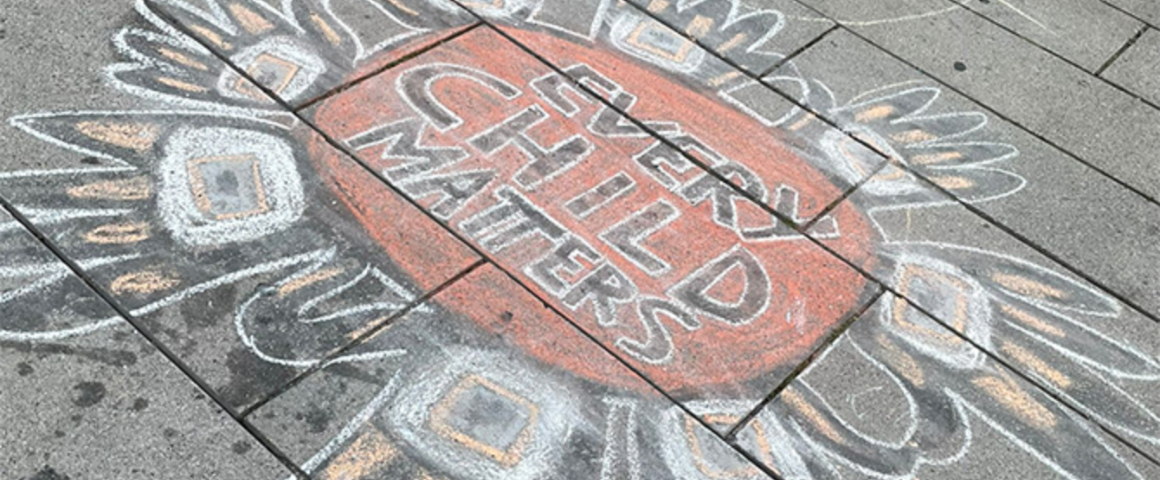By Dave McKee
Justin Trudeau announced at the recent NATO Summit Washington that Canada will commit two percent of GDP to military spending by 2032. He might as well have said that Canada is committed to escalating the danger of global and nuclear war, at the expense of public services including health and education.
It’s a grotesque announcement for Trudeau to make just a month before Hiroshima and Nagasaki Day.
The International Monetary Fund forecasts that Canada’s GDP will reach around $4.1 trillion by 2032, meaning arms spending will need to be in the area of $82 billion if it is to satisfy Trudeau’s pledge to NATO. That’s about a 45 percent increase in terms of the proportion of GDP but because of economic growth, in dollar figures it’s far more than double the 2023-24 expenditure of $36.7 billion, in only 9 years.
Is there any other government department which has a guaranteed 100 percent increase in its budget? Not healthcare, not education, not infrastructure, not climate action or environmental cleanup, not justice for Indigenous peoples, not gender equality, not housing, not job creation or EI or CPP.
In fact, jacking military spending will almost certainly result in cuts to many or all of the socially necessary programs that working people rely on regularly.
Communist Party of Canada leader Liz Rowley warns that the real situation is even worse, as Canada’s official defence budget – which has already grown by 40 percent over the past decade – doesn’t reflect the real size of military expenditures. “It doesn’t include the $70 billion to buy and service 88 nuclear-weapons-equipped F35 fighter jets, the $300 billion tagged to buy and service 15 warships, the unknown billions to be spent on the planned purchase of new submarines, or the $11 billion spent on the Ukraine war,” she told PV. “The world is the closest it has been to nuclear annihilation in the past sixty years, and the irresponsible and warmongering announcements made at July’s NATO Summit have only escalated the danger.”
Globally, military spending has increased by 20 percent over the past decade and passed $2.4 trillion USD last year. Over half of that, $1.3 trillion was spent by NATO members including Canada.
New spread of nuclear weapons
And the problem isn’t confined to “conventional” weapons. In March, the UN Secretary-General warned that the risk of nuclear warfare was at its highest point in decades. Despite that warning, just two months later the US and Britain authorized Ukraine to use their weapons to conduct military attacks inside Russia, prompting the latter to make more threats about deploying nuclear weapons. NATO, in turn, has made its own threats by talking about taking more nuclear weapons out of storage and placing them on standby.
Moreover, the F35 fighter jet which the US and NATO are peddling to their allies around the world, including Canada, is specifically designed to carry a B61-12 nuclear bomb. The bomb’s maximum yield is estimated to be 50 kilotons, or over three times as powerful as the nuclear bomb the US exploded over Hiroshima.
Citing its “NATO obligations” – the alliance maintains a nuclear arsenal and has a policy of nuclear first-use – the Canadian government staunchly opposed the 2017 UN Treaty on the Prohibition of Nuclear Weapons (TPNW) and has still neither signed nor ratified it. This flies in the face of public opinion polls which show that 74 percent of people in Canada believe the government should sign and ratify the treaty, even if it comes under pressure from the US or NATO to not do so.
This surge in global arms spending is driven by sharpening contradictions of capitalism on the international stage, particularly as the rate of profit among the most powerful economies falls and Western imperialist countries face increased competition with “emerging economies” and among one another.
This scramble for economic supremacy helps explain why the United States, whose economic power is declining in several places around the world, leads this trend towards militarism and war with an annual arms budget now approaching a trillion dollars, accounting for 39 percent of the total global military spending.
It also shines a light on why the biggest boosters for higher military spending are the voices of the commanding heights of capital in this country. For months leading up to the NATO Summit, corporate think tanks and media outlets have campaigned tirelessly to convince the public to accept and even embrace huge increases to Canada’s arms budget. The refrain from this ideological barrage is that “Canada must do its fair share” within NATO.
But what about Canada doing its “fair share” for peace? Or ending poverty? Or climate justice? Or fair global trade? Or full employment with good jobs, wages and pensions?
Rowley notes that if people in Canada want progressive policies and programs, the arms budget has to come down. “The only way the government can find new funds for military spending is through cuts to healthcare, education, EI and CPP. Increased arms funding blocks urgently needed resources from going to alleviate the housing crisis and the climate crisis.”
In the case of the climate crisis, the negative effects of high military spending are multiplied. “The Canadian military is the largest source of all government carbon emissions,” says Rowley. “How quickly could we reduce emissions and have a just transition from fossil fuels if public funds were put towards publicly owned green energy rather than gearing up for mass destruction and death?”
United mass action for peace and disarmament
To achieve such a shift in spending priorities – away from military and toward socially useful ends – all labour and progressive forces need to be mobilized into united, concrete action for peace.
With this objective in mind, the Communist Party is campaigning throughout this year for a 75-percent reduction in military spending and for Canada to withdraw from NATO and other military alliances. “Party organizations across the country are working hard to engage people around the need for a shift away from militarization and war, toward funding people’s needs,” says Ontario Communist Party leader Drew Garvie. “Militarism and war fit hand in fist with the corporate profiteering and power that is harming working people on the job, in the home and in their communities.”
Garvie admits that, with the massive ideological softening campaign from capital and the government, it isn’t always easy to convince people of the importance of disarmament and cuts to arms spending. But he says that’s why the Communist Party campaign is so important.
“We’re talking about massive amounts of money here, money that could pay for huge improvements to people’s lives for generations. Instead of cutting social programs and services in order to fund militarization, Canada must cut military spending, leave NATO and adopt a foreign policy of peace and disarmament. In the era of nuclear weapons and global warming, peace is the only path to a future for humanity.”
[Photo: Canada-Wide Peace and Justice Network]
Support working-class media!
If you found this article useful, please consider donating to People’s Voice or purchasing a subscription so that you get every issue of Canada’s leading socialist publication delivered to your door or inbox!
For over 100 years, we have been 100% reader-supported, with no corporate or government funding.




